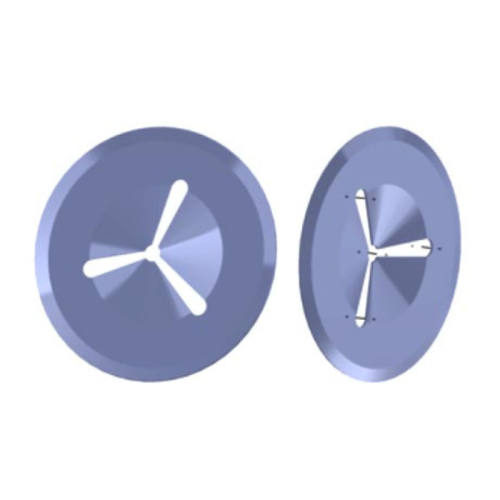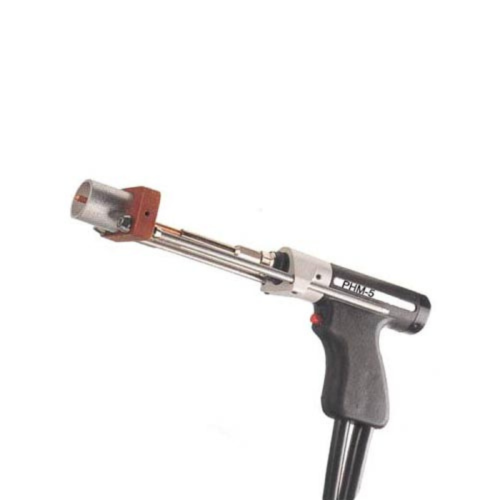Small metal and plastic parts
Small components: essential for system efficiency
Small components are fundamental elements in various industrial sectors, including HVAC (Heating, Ventilation, and Air Conditioning), hydraulic, electrical, and mechanical systems. These small elements, although often overlooked, play a crucial role in ensuring the proper functioning and reliability of systems.
In this article, we will explore the characteristics of small components, their advantages, how they work, and key considerations for their selection and use.
Page: 1 di 1
Characteristics of small components
- Small components include a wide range of elements such as screws, bolts, nuts, washers, rivets, pins, springs, clips, and spacers. Each type of component has a specific function and is used in different industrial applications.
- Small components can be made from various materials, including stainless steel, brass, aluminum, copper, plastic, and special alloys. The choice of material depends on the application, operating conditions, and required durability.
- The dimensions and tolerances of small components must be precise to ensure proper assembly and functionality. Dimensional specifications vary according to industrial standards and project requirements.
- Small components can have different finishes and surface treatments, such as galvanization, anodization, nickel plating, and anti-corrosion coatings, to enhance durability and resistance to corrosion.
They are often manufactured in compliance with international standards such as ISO, DIN, ANSI, and ASTM, ensuring the quality and reliability of the components.
Use of small components
- Selecting the right material for a specific application is essential, considering factors such as corrosion resistance, durability, and operating conditions.
- Ensuring that the dimensions and tolerances of small components meet project specifications is crucial for proper and secure assembly.
- Verifying that small components are produced in compliance with international standards and have the necessary certifications ensures quality and reliability.
- Considering the appropriate finishes and surface treatments helps improve durability and resistance to environmental conditions.
- Evaluating the costs and availability of small components is important, choosing reliable suppliers who can guarantee a consistent and timely supply.











